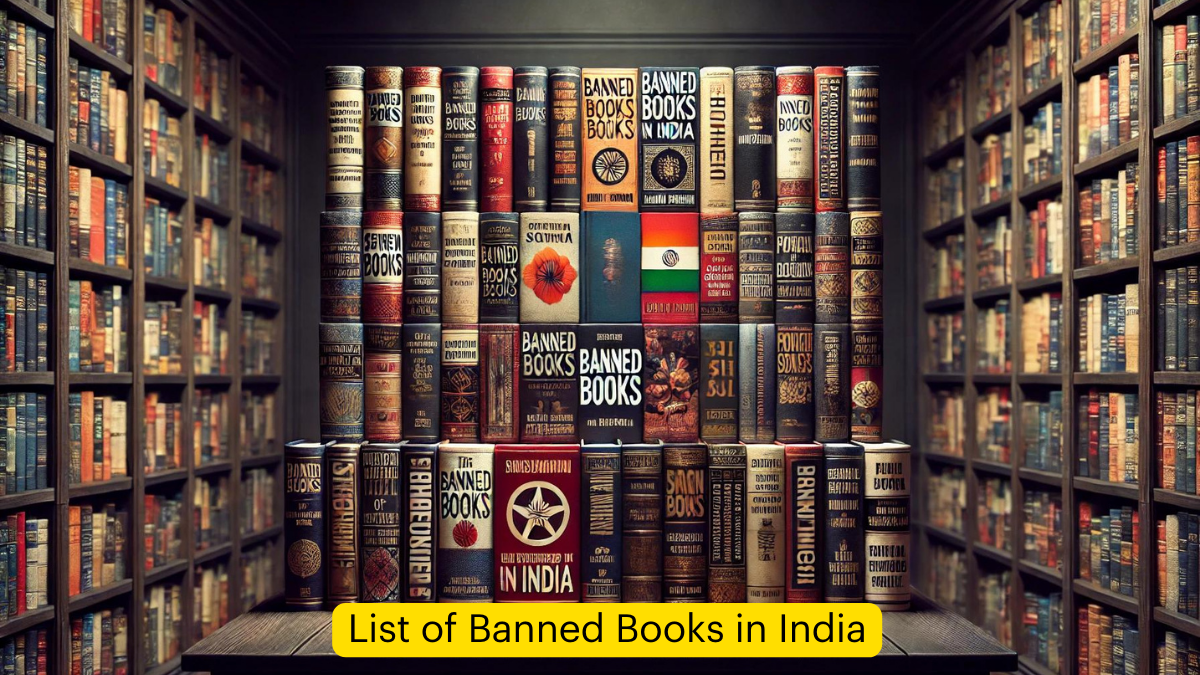List of Banned Books in India: Throughout history, various books have faced bans in India for different reasons. These bans reflect the social, political, and religious sensitivities of different periods in Indian history.
Key Periods of Book Banning
British Colonial Era
During British rule, several books were banned, including works by prominent figures like Mahatma Gandhi. His book “Hind Swaraj” was banned in 1909.
Post-Independence Era
After India gained independence, book banning continued for various reasons, including religious sensitivity, political criticism, and perceived threats to national security.
Notable Banned Books
Some of the most famous banned books include:
- “The Satanic Verses” by Salman Rushdie (1988)
- “Nine Hours to Rama” by Stanley Wolpert (1962)
- “An Area of Darkness” by V. S. Naipaul (1964)
Reasons for Banning
Books have been banned for various reasons, including:
- Religious sentiments
- Political criticism
- National security concerns
- Cultural insensitivity
Impact and Controversy
Book banning in India has often sparked debates about freedom of expression and the limits of censorship.
List of Banned Books in India
| Year | Book Title | Author | Reason for Ban |
|---|---|---|---|
| 1909 | Hind Swaraj | Mahatma Gandhi | Banned by British authorities |
| 1924 | Rangila Rasul | Pandit M. A. Chamupati | Described Prophet Muhammad’s relationships |
| 1936 | The Face of Mother India | Katherine Mayo | Critical of India |
| 1960 | The Lotus and the Robot | Arthur Koestler | Negative portrayal of Gandhi |
| 1962 | Nine Hours to Rama | Stanley Wolpert | Security concerns |
| 1964 | An Area of Darkness | V. S. Naipaul | Negative portrayal of India |
| 1988 | The Satanic Verses | Salman Rushdie | Religious sentiments |
| 2005 | The True Furqan | Al Saffee, Al Mahdee | Allegedly mocking Islam |
This overview provides a glimpse into the history of book banning in India, highlighting the complex interplay between freedom of expression and societal sensitivities.




 Which Country is Known as the Land of Ch...
Which Country is Known as the Land of Ch...
 Which Bird is known as the King of Birds...
Which Bird is known as the King of Birds...
 Which City of Austria is Known as the Ci...
Which City of Austria is Known as the Ci...







